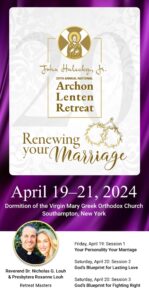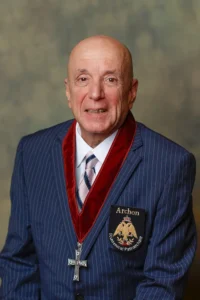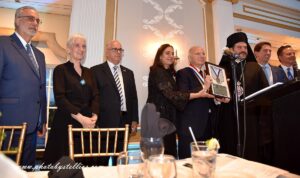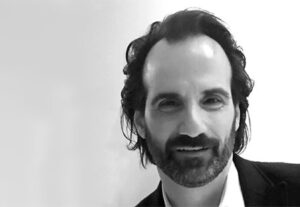New York, NY – The Irish Times recently reported on ‘Turkey accused of turning blind eye to destruction of Christian sites’ by Stephen Starr.
Read this article on the web site of The Irish Times »
Turkey accused of turning blind eye to destruction of Christian sites
Ancient relics of Christian past are slowly being lost to history
by Stephen Starr
The light of day was quickly fading as a farmer gestured to follow him through a doorway into the stone outhouse. Inside, in the darkness, there are sacks of animal food and dust-covered machinery.
In the light from a camera’s flash hints of eastern Turkey’s Christian past tentatively show themselves: a cross chiselled into an arch on an ancient wall; an apse painted with the faint, pale, blue colour associated with the Virgin Mary during Byzantine times.
Here in the Pontic mountains, named after the community of Greeks stationed on the Black Sea coast from 700BC until their massacre and expulsion in the early 20th century, ancient relics of a Christian past are slowly and in some cases deliberately being lost to history.
In some cases, Turkey’s ruling AK Party, a moderate Islamist movement popular with millions of conservative Turks, has been charged with turning a blind eye to the destruction of Christian sites.
The church-turned-cattle shed is close to what remains of Varzahan monastery, 9km north of the provincial capital Bayburt, and reportedly the scene of massacres of Armenians by Turks in the 1700s. Scenes and stories such as these are not uncommon in an area once home to countless Christian communities.
About two million Armenian and Greek Christians were killed or deported from eastern Turkey during and after the first World War. A 1923 convention ratifying the exchange of about 1.5 million Greek Christians living in Turkey and a half million Muslims in Greece precipitated the loss of Christian culture.
A 160km drive north in the Black Sea city of Trabzon, Hagia Sofia, a church for much of the last 800 years and a museum from 1964 until last year, today has its splendid, centuries-old Christian frescos concealed. It is now a mosque.
The local tourist board is catering to an audience with little interest in its history. Two coach-loads of Arab athletes arrive to pray.
Outside, construction is under way to build trinket shops, according to a security guard. At the entrance, adverts for hajj to Mecca and donations for Gaza are pinned against the door among other Arabic-language literature.
In Hagia Sofia’s prayers section all iconography has been covered by roll-up blinds and screens with a small section of Christian frescos visible only in the tourist bay. Fresco faces have been destroyed wholesale and four plaques with the names of the prophet Mohammad’s closest confidants have been freshly attached to the church’s ancient pillars.
In 2012 Turkey’s General Directorate of Pious Foundations – an institution headed by Turkey’s deputy prime minister – filed a lawsuit against the ministry of culture to return the museum to its 15th-century mosque status, which it was for several decades during the 20th century, even though a local judge has since found the conversion to be illegal.
It’s not just buildings that are under threat. In some cases, Christians have been too. In 2006 an Italian Catholic priest was murdered by a 16-year-old as he knelt in prayer inside the Santa Maria church in Trabzon. The boy reportedly shouted “Allahu Akbar” (God is greatest) before pulling the trigger. Today the church is said to have a congregation of one.







